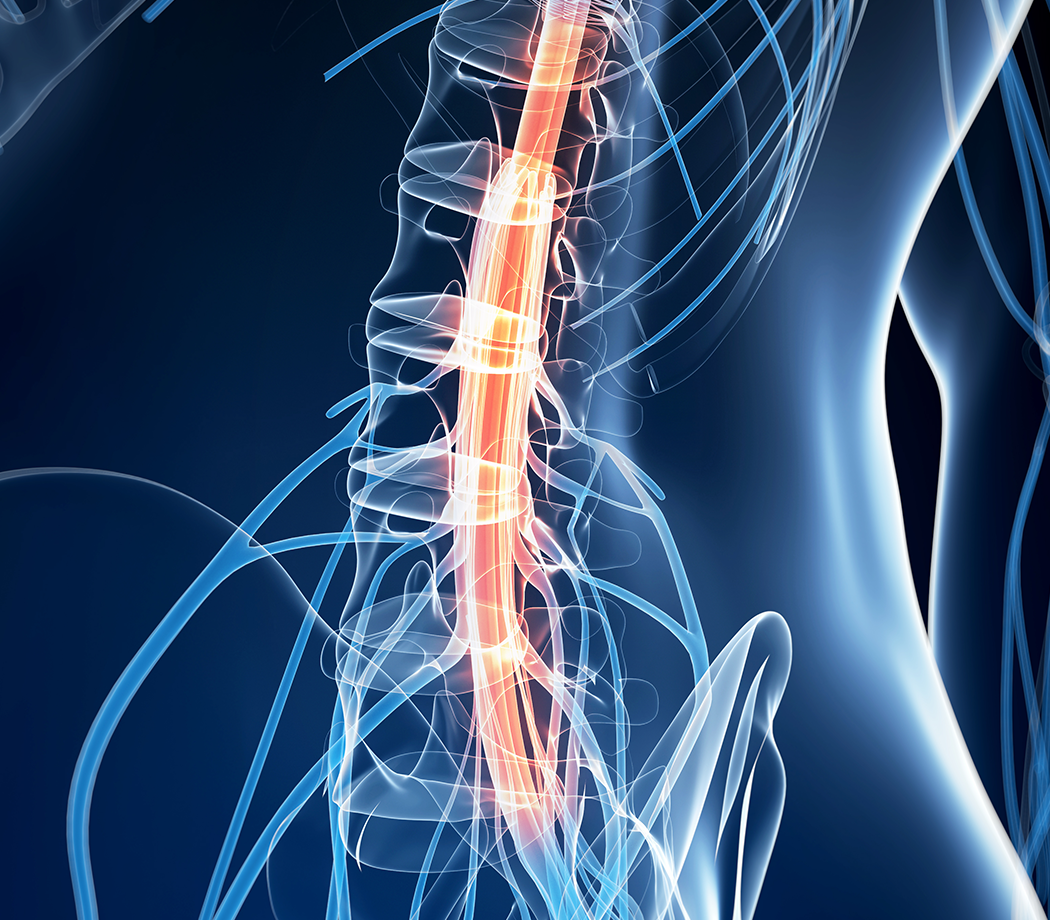The Reeve Foundation serves as a catalyst at this critical moment in SCI research progress, uniting academia, industry, and the community in a new model of collaboration to accelerate the discovery and development of promising treatments that are finally within reach.
Since 1982, we have invested more than $145 million in research around the world to unite the brightest minds in the field to achieve our ultimate pursuit – cures for spinal cord injury. Your support is critical to our work. The Reeve Foundation is currently raising funds to underwrite novel clinical trials focused on combinatorial therapies, brain-machine interface-facilitated neurorecovery, new uses for approved drugs that may speed the translational research pathway, and more.


Donate today to advance SCI and paralysis research.